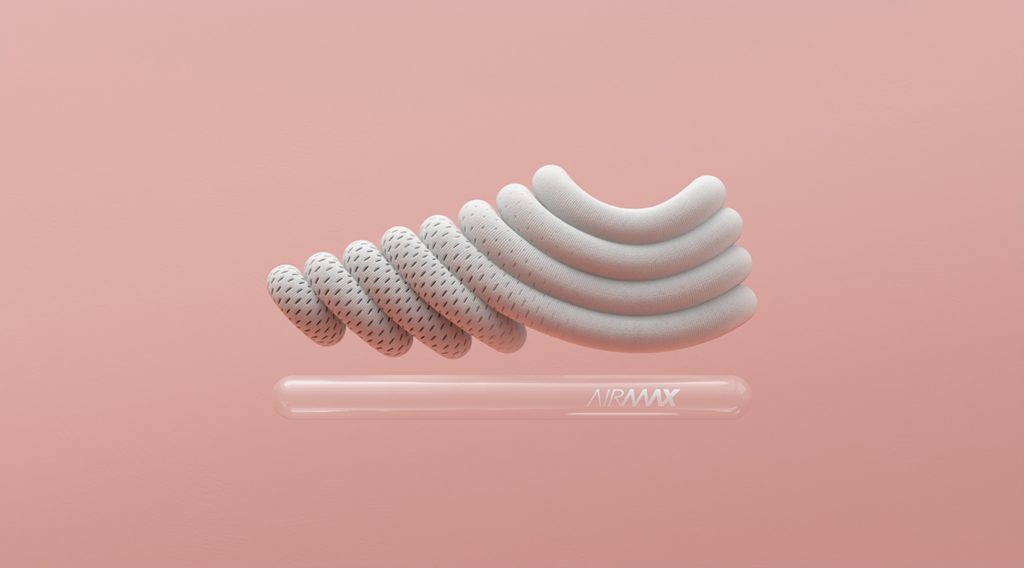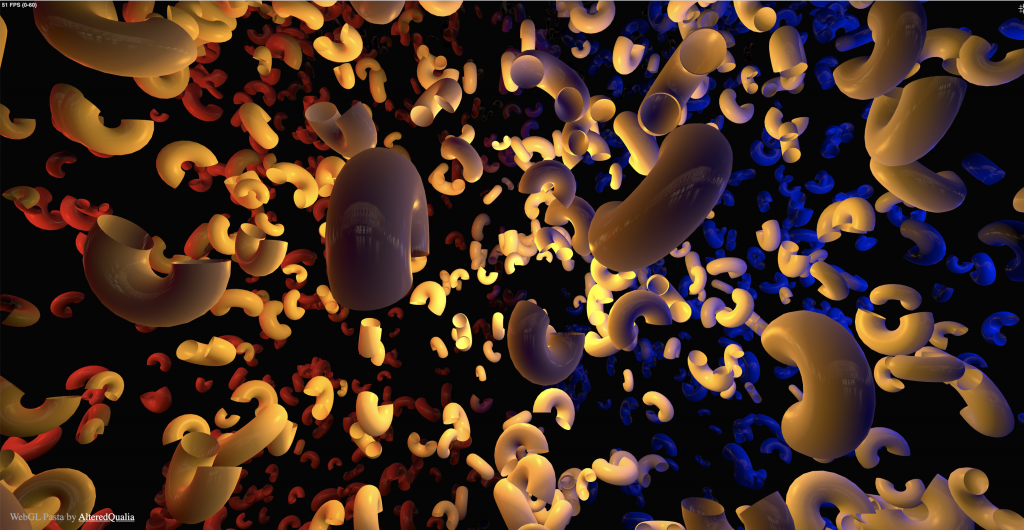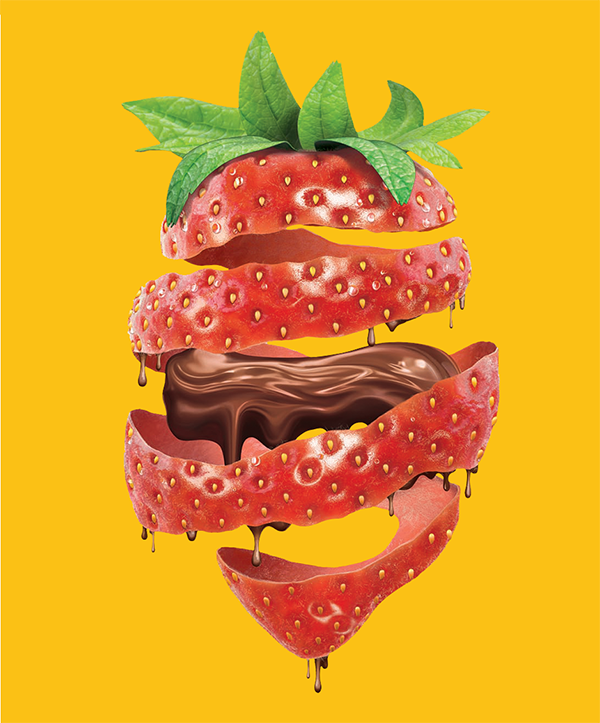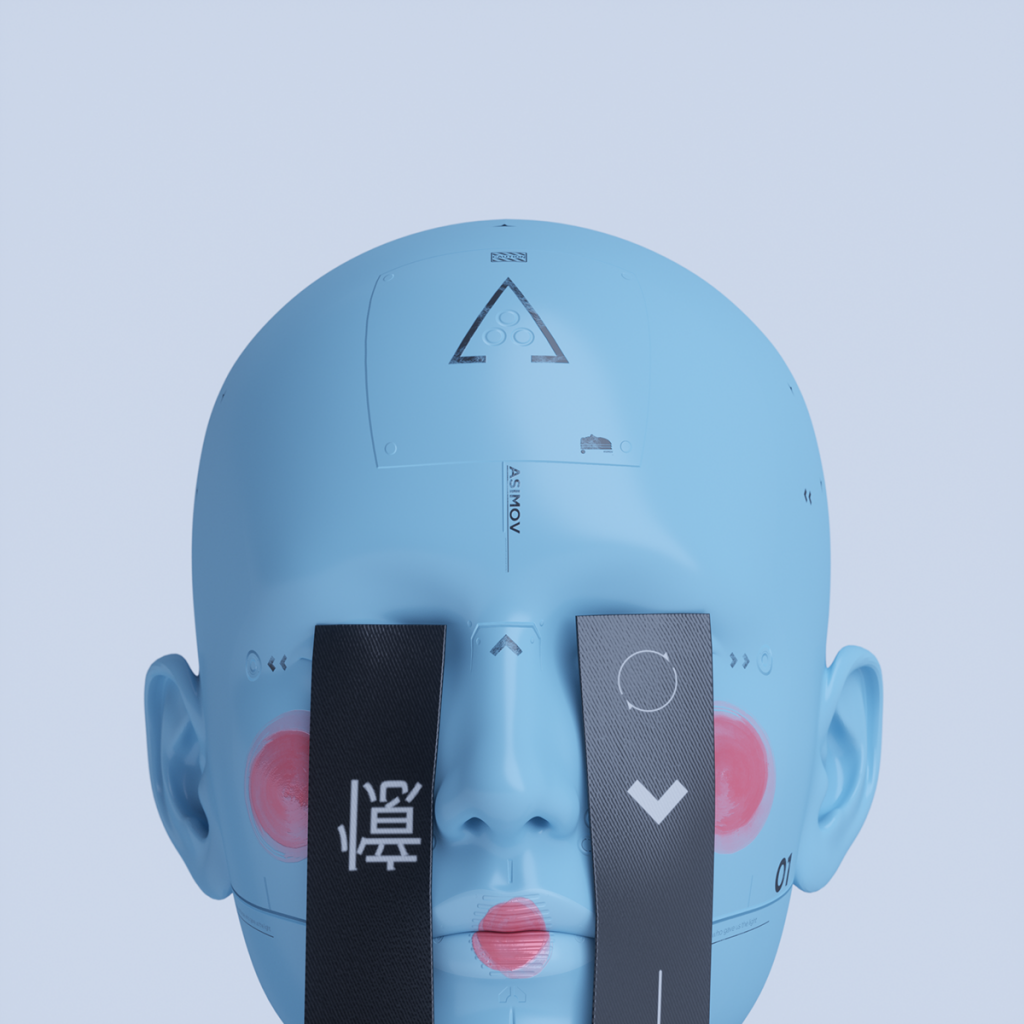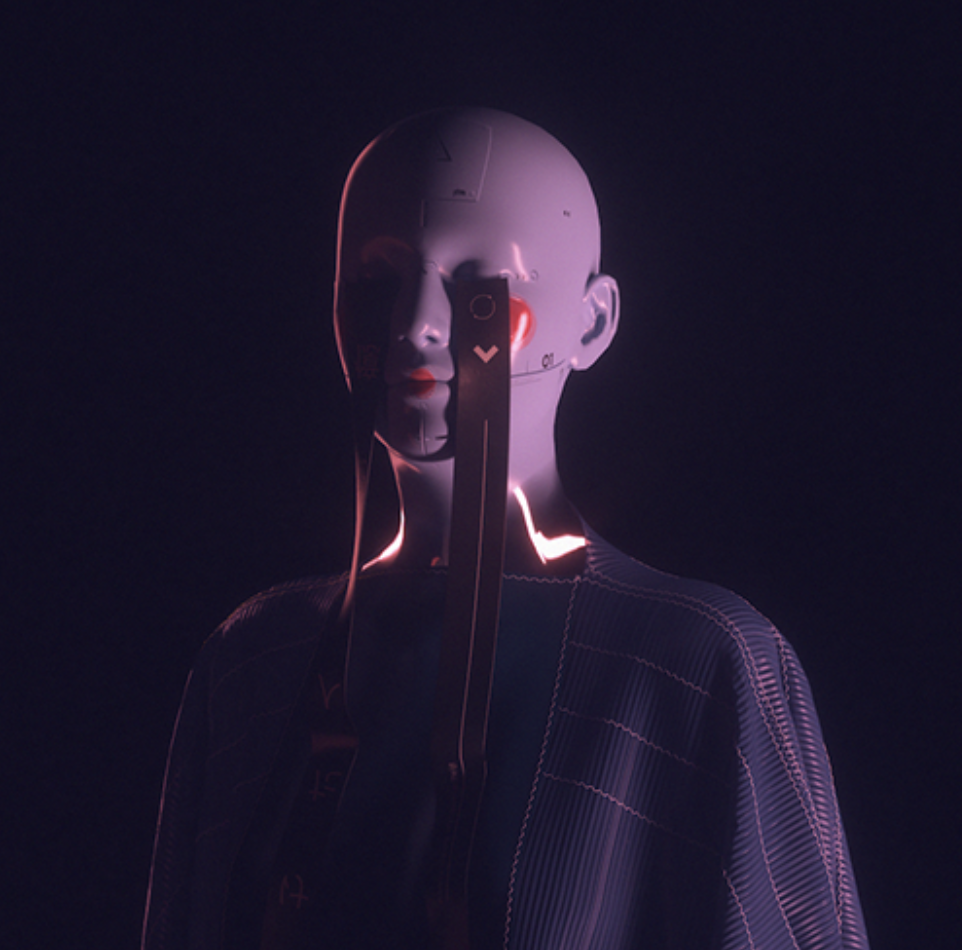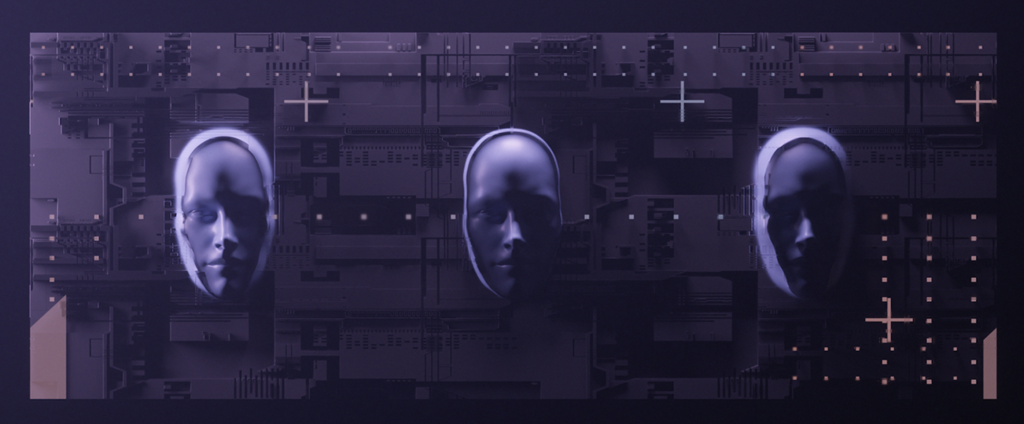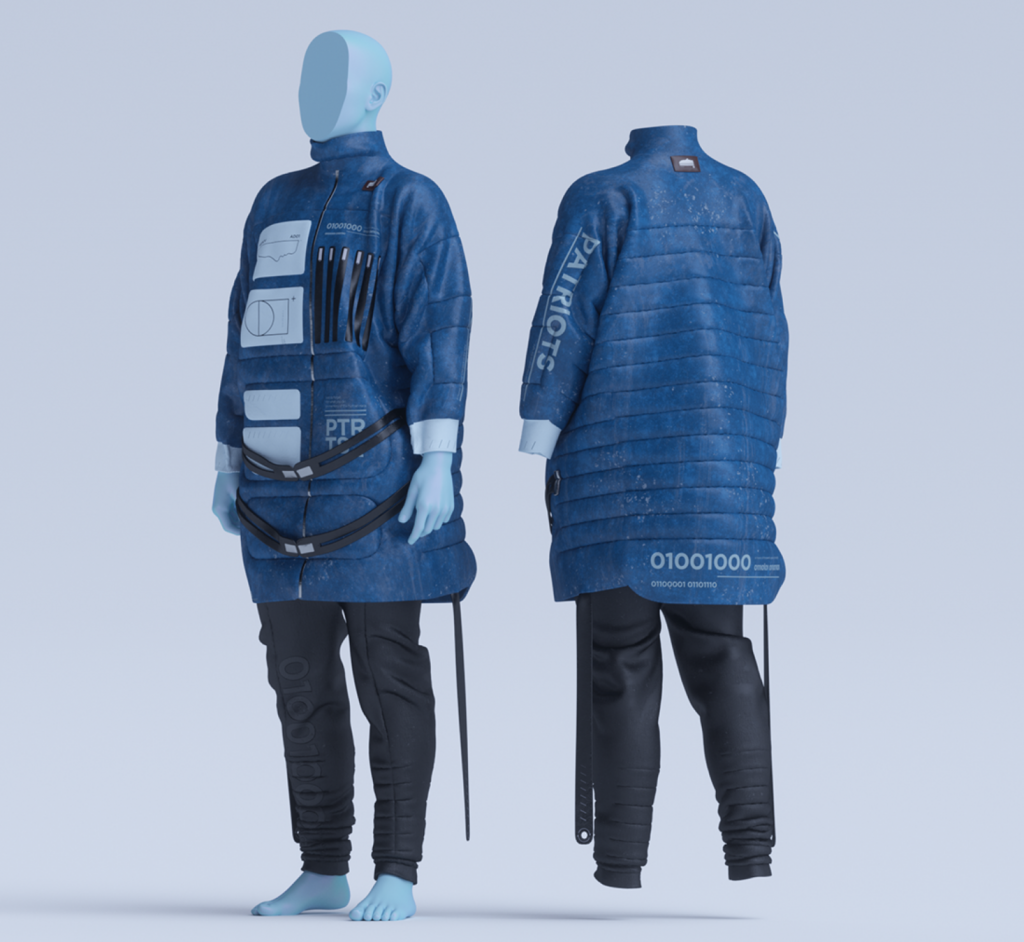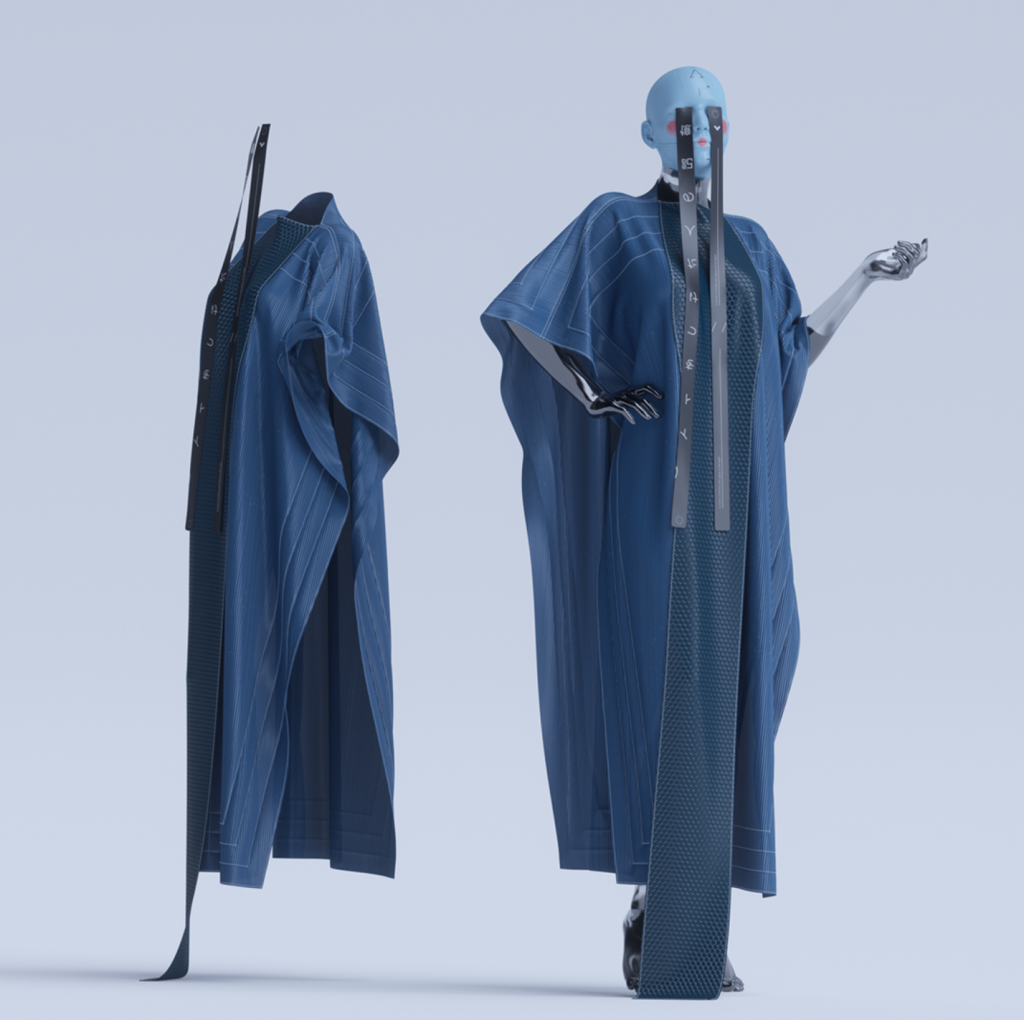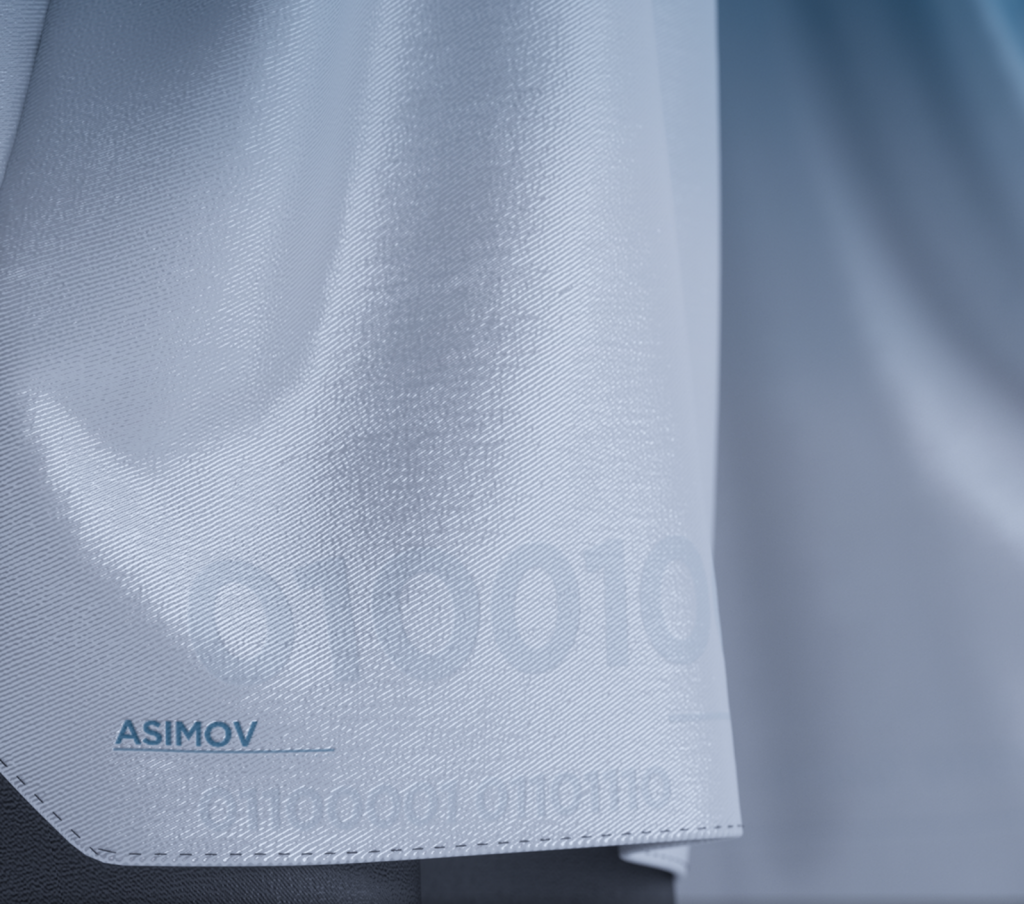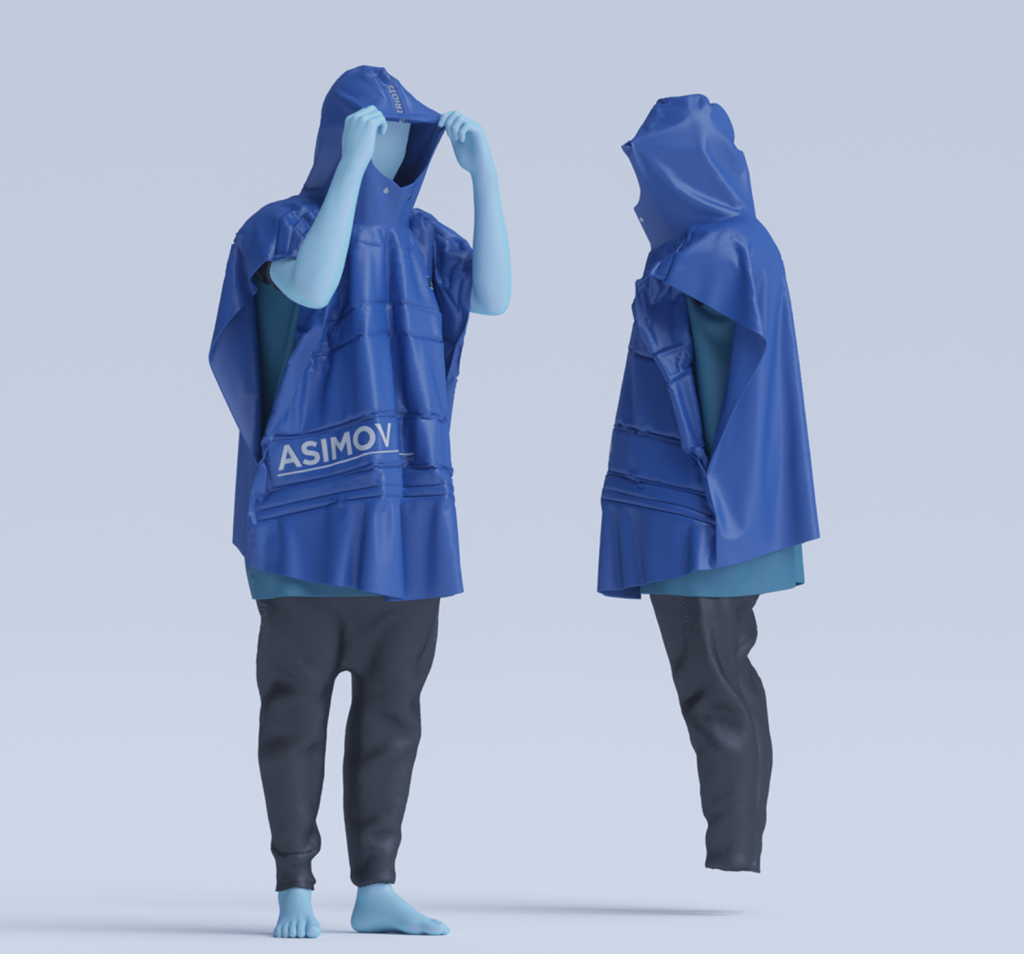“Platonic solids” by Michael Hansmeyer explores generated geometric 3D shapes that complete a complex form. He has created multiple different final forms which all stem from the same single process with a simple change in variables. I admire how such a subtle change can create a huge different in the final patterns of this 3D design. It influences the branching, fractalization, and build up of the geometric shapes. It’s also worth noting that this system can be applied to multiple scales. The processes at the core of this project have two parts: topological rules and weighting rules. Hansmeyer states that these rules specify how the positions of these vertices are based from the combinations of the vertices and the shapes edges and faces. By introducing parameters that allow for variation, the final result encapsulates a rounded and highly diverse attributes in its body.
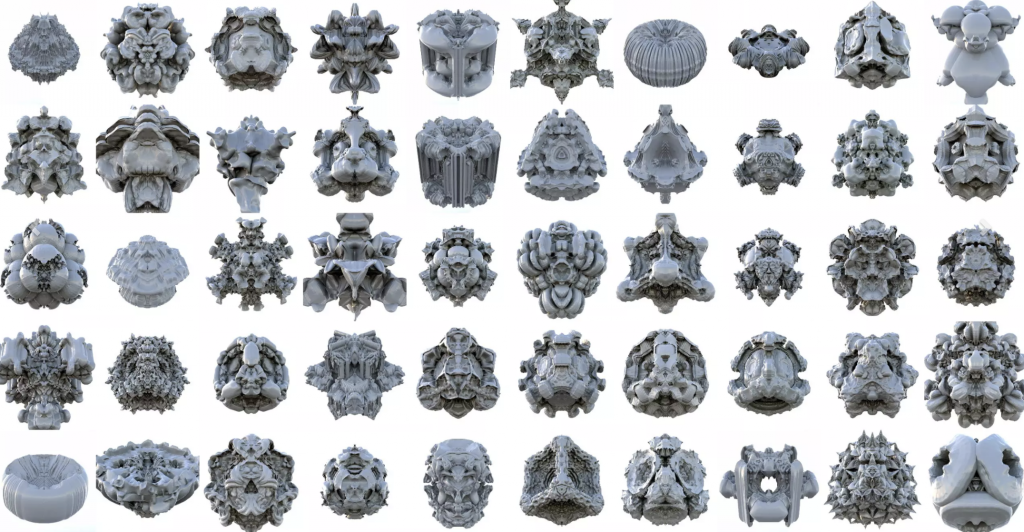
Platonic Solids by Michael Hansmeyer
![[OLD FALL 2020] 15-104 • Introduction to Computing for Creative Practice](../../../../wp-content/uploads/2021/09/stop-banner.png)
